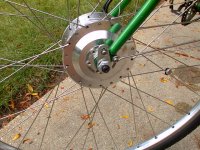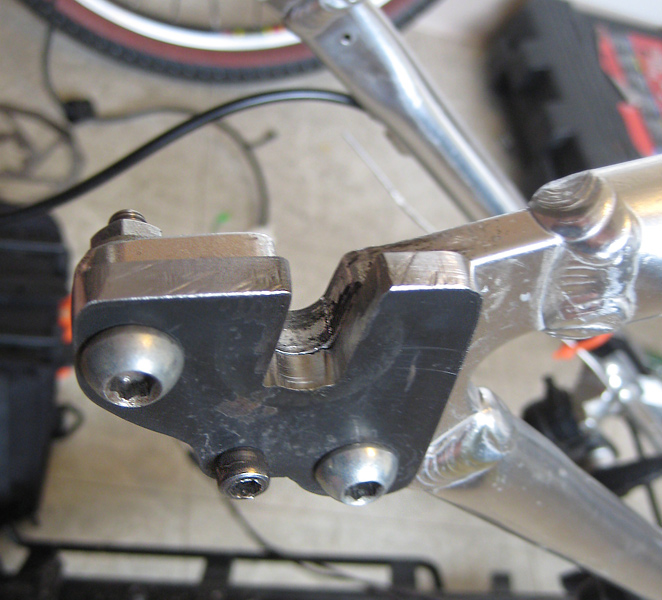The first timer often expects the ebike experience to be just like the road bike experience, but better. I did.
In fact, it's quite a compromise to put a large heavy dd motor on a lightweight, skinny tire roadbike. Some would call it ruined by it.
It's just too much like a moped to put on a featherweight bike and have it ride like you are used to. But the much smaller, much lighter, less powerful gearmotor approach can make some good sense. With a super small battery, and used more as assist, you can go miles on little extra weight added.
For me though, give me some wider 26" tires, and a very stiff MTB frame for an Ebike. Because of my bad back, I really want full suspension if the ride will be longer than 5 miles too. In this case, the bike didn't pedal for shit on the street in the first place, so you never feel like it's ruined the ride of the bike. Carry a big enough battery, and you go miles and miles. You can still pedal all you want if you are a pedaler. Cruising nealy effortlessly at 25 mph for 20 miles or so with no worries about skinny tires and sharp rocks is wonderfull.





